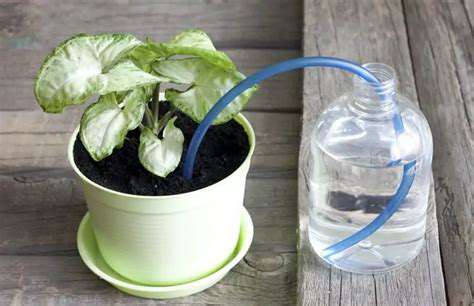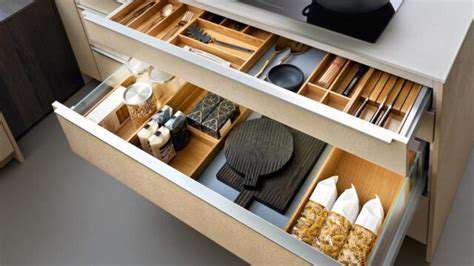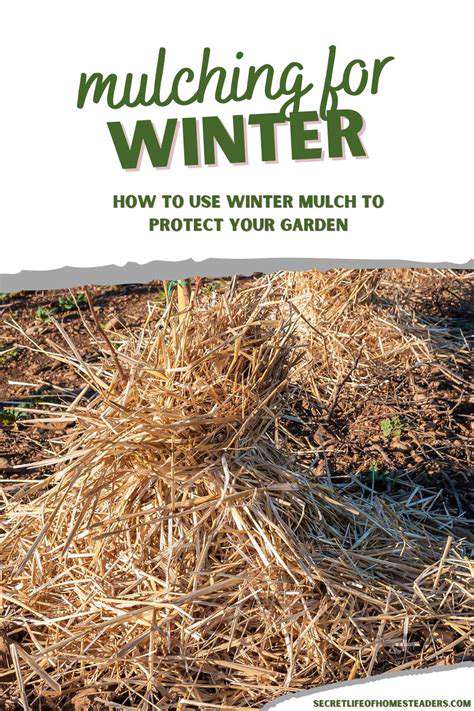Beginner's Guide to Indoor Plant Care


Light, Light, Light (and a Little Shadow)
Understanding Light Requirements
Indoor plants, much like their outdoor counterparts, thrive on light. However, the intensity and duration of light they need can vary significantly depending on the species. Some plants, like ferns and pothos, prefer low, indirect light, while others, like succulents and certain orchids, need brighter, more direct light. Understanding these nuances is crucial for maintaining healthy plants. A good starting point is to observe the light conditions in your home and match your plants' needs accordingly. This might involve moving a plant from a spot with direct afternoon sun to a location with dappled light, or vice versa.
It's important to remember that the quality of light is just as important as the quantity. Direct sunlight, while providing energy, can also lead to scorching or leaf burn. Indirect light, filtered through curtains or blinds, is often the best option for most indoor plants. Careful observation of your plants' health will help you determine if they are receiving the appropriate amount and type of light.
Watering Wisely
Watering is another critical aspect of indoor plant care. Overwatering can lead to root rot, while underwatering can cause wilting and leaf drop. The frequency and amount of water needed depends on several factors, including the plant species, the size of the pot, the type of soil, and the ambient humidity. Research the specific watering needs of your plant before you begin watering it. A good rule of thumb is to allow the top inch or two of soil to dry out between waterings. Using a moisture meter can also be a helpful tool for determining when your plant needs water.
Different plants have different watering needs. Some succulents, for example, need to dry out completely before being watered again, whereas tropical plants might require more frequent watering. Consistency is key, but don't be afraid to adjust your watering schedule as needed based on your plant's specific needs.
Soil Selection and Potting
The right soil is vital for proper drainage and aeration. A well-draining potting mix is crucial to prevent waterlogging, which can damage plant roots. Avoid using garden soil directly, as it often retains too much water. Look for a potting mix specifically designed for indoor plants. These mixes typically include peat moss, perlite, and vermiculite, providing the necessary aeration and drainage. The type of pot you choose also plays a role in plant health. A pot that is too small can restrict root growth, while one that is too large may lead to overwatering.
Consider the size of your plant and its root system when selecting a pot. Proper drainage is essential, so ensure the pot has drainage holes. The material of the pot can also impact watering needs. For example, terracotta pots can help regulate moisture better than plastic pots.
The Importance of Humidity and Temperature
Maintaining the right humidity levels is often overlooked but can significantly impact a plant's health. Many indoor plants originate from humid environments and struggle in dry conditions. Using a humidifier or grouping your plants together can help increase humidity around them. Monitoring the temperature in your home is also important. Extreme temperature fluctuations can stress your plants, leading to damage and even death. Different plants have different temperature preferences, so research the optimal temperature range for your specific plant species.
Keeping a consistent temperature and humidity level, even if it's just a slight increase from the average room temperature, can make a big difference in the overall health and well-being of your indoor plants. Researching the ideal conditions for specific plants is crucial for success in indoor gardening.









![Guide to Learning About [Specific Topic, e.g., Climate Change]](/static/images/31/2025-05/TheUnfoldingImpactsofaChangingClimate.jpg)

